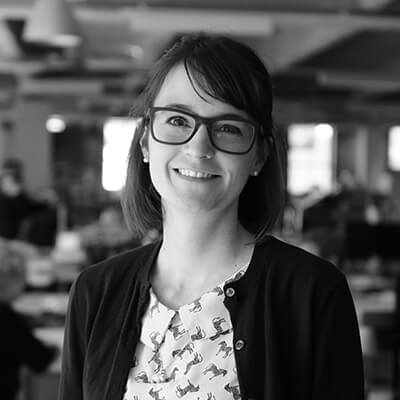
Humans have long strived for longer life spans. This has led to alchemists, quacks and confidence men selling cure-all solutions, which at best are benignly flavored water and at worst are… It wasn’t until the past 100 years that scientific breakthroughs and accessible healthcare has nearly doubled our life span. Coupled with these developments, the increase of healthcare facilities has followed closely behind. Through beautiful design, appropriate planning and increased infection control, architects have met the challenge to help the medical and scientific community extend our lifetimes. We have now reached the age where cancer and heart disease have become the normal part of aging and dying. However, with our expanded life expectancy, comes a need to discuss and design for death.
At a recent internal Women in Design event, we introduced our firm to architect Alison Killing, a bold architect unafraid to tackle what has become a taboo subject in polite conversation. Her TED talk, There’s a better way to die, and architecture can help, Alison gives a short snapshot at how humanity has changed in handling the dead and dying and why this may not be the best approach.
She asks her viewers to think about the spaces people die in today versus how people died during Brunelleschi’s time when he design Le Hospital. She explains a “really great” piece of architecture can provide a patient with comfort dignity and beauty. In the five-minute talk, Alison also discusses how much of our man-made fabric is devoted to the dead and dying and how important it is for us to face the challenge head-on and to foster open dialogue so that we reach better solutions.
After viewing Killing’s TED talk, we tried to break down our walls and discuss how our designs can better face the exponentially growing trend of more people dying in hospital beds versus homes. As I mediated our conversation, it was interesting to see where the conversation went. We were open for five minutes about our experiences in hospitals and seeing loved ones in hospitals and then thought about what we’ve done to help provide a better space for the dying. We realized as a group that users rarely discuss this subject in meetings as well. Medical facilities know the reality of mortality better than most but are still reluctant to discuss the role of death in the spaces we are designing. The Women in Design event brought to light how often we fray from discussing death during our design process despite the role it plays in how spaces will be used. Ours was an interesting discussion and just like anything, if we continue to push ourselves, we will be able to communicate more effectively with all stakeholders to design ideal spaces for both the patient and their families. The conversations is far from over. We probably just scratched the surface during our event, but I look forward to the next time I’m working with a new user group and guiding this part of the conversation.


